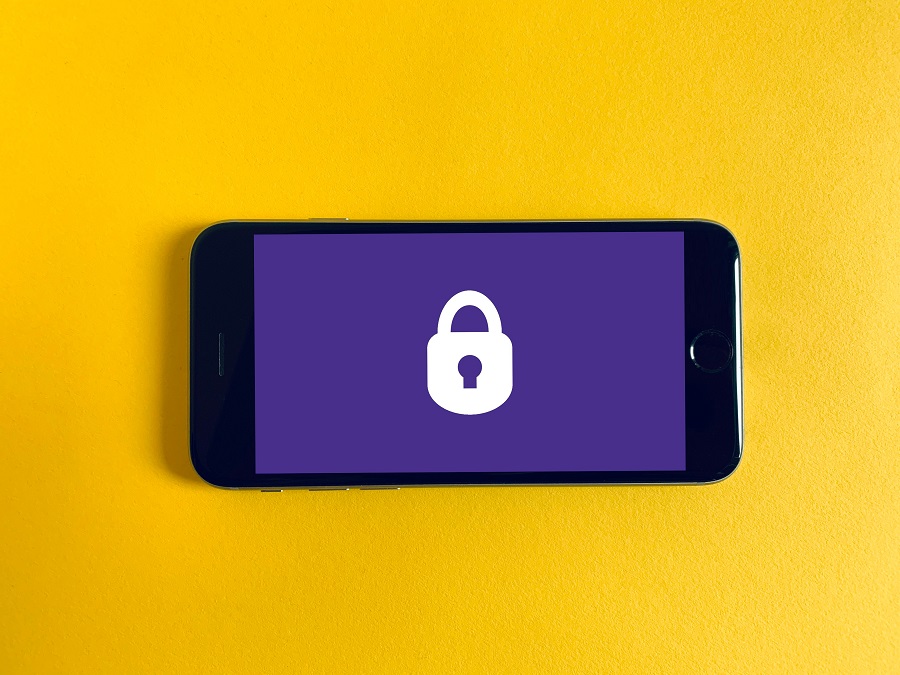Secure your WordPress blog with an SSL certificate
There are many misconceptions about securing your blog and an SSL certificate. An SSL certificate is not directly related to securing your blog itself. But with securing the connection between the user and your blog. So the information entered cannot be seen by anyone on the same network and is therefore encrypted over the wire. So you are not securing your blog itself with this. In this blog post, we'll look at how this works and how you can better secure your blog itself.
SSL certificate - tunnel between user and website
An SSL certificate is not used to make your blog more secure, but to encrypt the connection between the user and the website. If you don't have an SSL certificate on your blog or don't install it correctly, almost all browsers will display the message "Not secure". As soon as someone leaves a comment, makes a payment or enters information on your website, you need to have an SSL certificate installed on your website. This ensures that this data cannot be seen by anyone. Especially with email addresses and names, this is mandatory on a blog.
Install an SSL certificate on your blog
To install an SSL certificate on your blog, you can first choose whether you want to buy an SSL certificate or use the free alternative. We will explain this choice in more detail in the next blog post. Read on to learn more about it.
Depending on what you choose, this will either be done for you, or you will have to take some steps yourself.
These steps consist of activating the certificate, which you can easily do under Websites in the Customer Panel. After that, you can check and apply it immediately. To do this, you need to set the WordPress URL to the one you want. Often complete with https://www Then apply the redirect from the web.config file below. So you can do this yourself with a few steps.
Checking SSL for functionality
To check the SSL certificate on your website, it's best to take a clean browser and test all 4 default URLs. So:
http://
http://www.
https://https://www .
All of these URLs should link correctly after you perform the above steps. So you can test them in a clean browser without a history of your website. Or you can use an online test like the one offered by internet.nl. This way you can immediately see if everything is working properly.
Other security measures for WordPress
Besides the SSL certificate, you need to take some other security measures. The main reason why a WordPress website gets hacked is the use of insecure passwords. Not updating in time or using outdated technology.
So, log into your WordPress blog at least once a month and install the latest updates. As a colleague, you can take a cue from a few things. For example, your comments left by other users and any other things that come up. It is very important to keep up with these updates on a regular basis.
In addition to updating the plugins and theme, it is important that you adjust the write permissions before and after. If you leave write permissions completely on, this can be more easily abused. You can easily manage write permissions from the client panel under websites. They will be active or inactive immediately.
Finally, you can install plug-ins for security, but you should think twice before installing them. These plug-ins can also pose a security risk to your website. Things like two-factor authentication and IP address blocking are often a good way to get ahead of problematic issues. But they can also provide other inputs. So, find out about the reputation of such plug-ins and make sure they are always kept up to date.
Thus, the most effective method that can often be used is to choose a strong and extra long password, preferably randomly generated and kept in a secure password vault. Taking a critical look at each component that's extra installed on your WordPress website, and keeping up with updates. With these three components, you can make any WordPress secure. And just in case everything fails, you should have a regular backup that you keep in multiple places! Then you can go back even in the event of a disaster.
What measures are you taking for your WordPress website? And do you already have an SSL certificate enabled? Let us know via social media.
